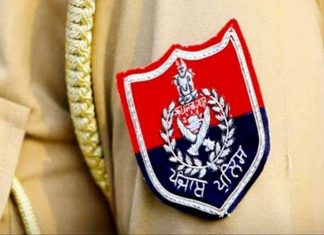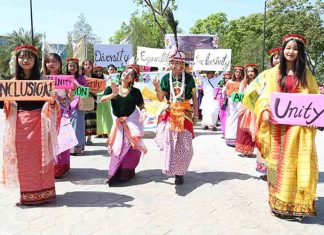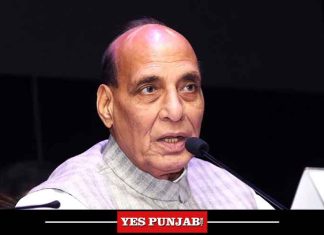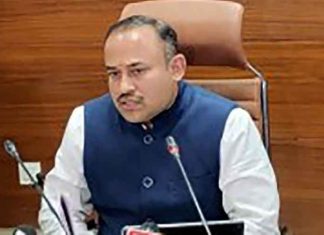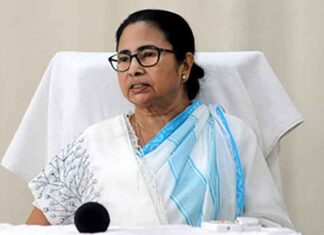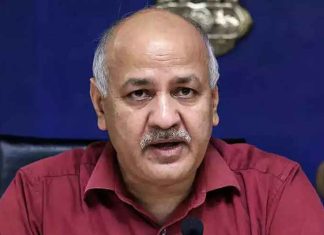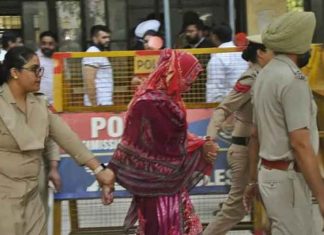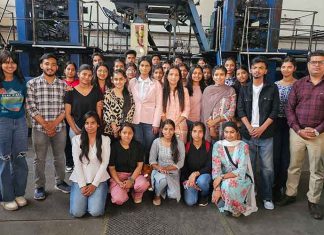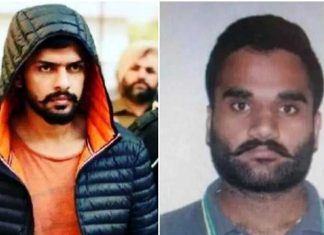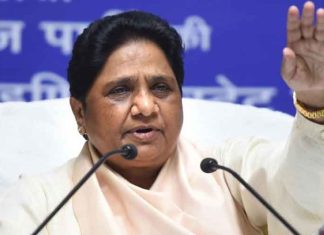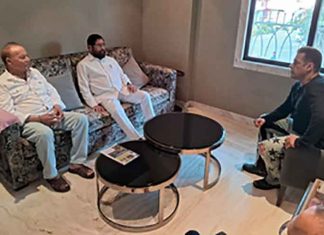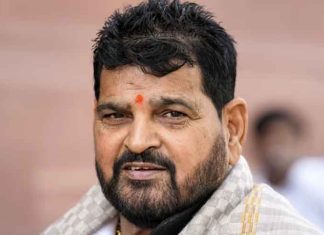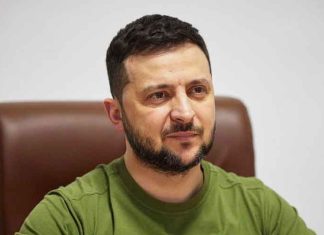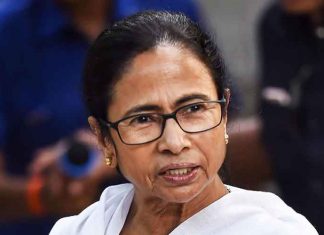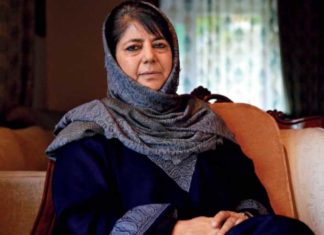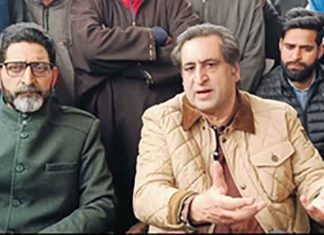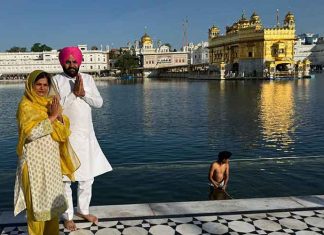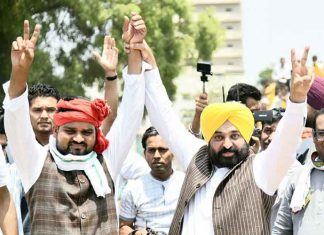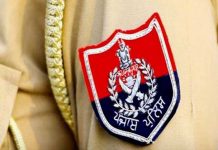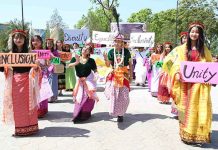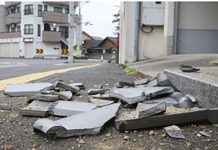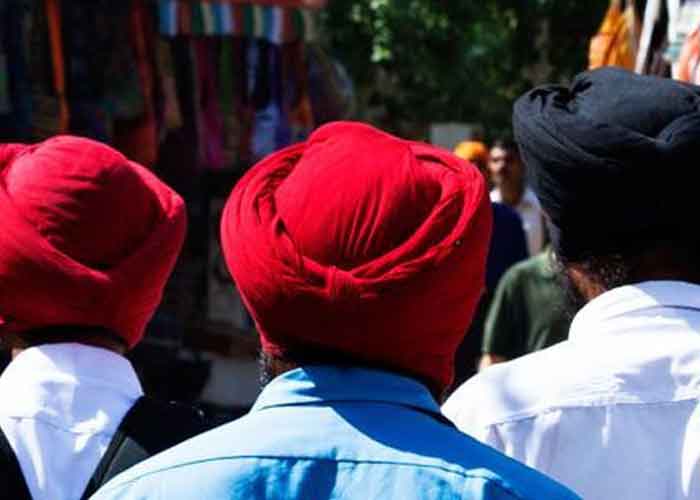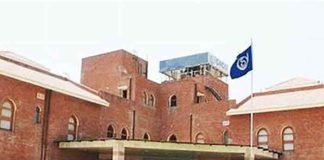New Delhi, July 5, 2021 –
Nearly 77 years after thousands of Indian soldiers made the supreme sacrifice while fighting for the liberation of Italy during the World War II, an Indian Army Memorial will be inaugurated in Monte Cassino in the province of Frosinone, southeast of Rome by Indian Army chief General M.M. Naravane this coming week.
While the focus of Naravane’s two-day visit to Italy on July 7-8 will be on enhancing the defence cooperation between both the countries, there will also be a heady mix of history, remembering and honouring the contribution of Indian soldiers, whose heroic tales of sacrifice and bravery are still much talked about deep inside the Italian communes liberated by them between 1943 to 1945.
As many as 5,782 Indian soldiers had laid down their lives during the campaign – it is said that they lie in 40 cemeteries all over the country, the major ones being at Cassino, Arezzo, Florence, Forl, Sangro River and Rimini – with six of them receiving the Victoria Crosses out of the 20 that were awarded for the freedom of Italy.
“Every man who served in the Armed Forces of India was a volunteer, and each did so as a matter of honour. Those who died had accepted a duty and were faithful unto death. Of no man, can more be said, than this,” mentions the UK-based Commonwealth War Grave Commission Booklet on India’s War Dead.
India’s contribution was also the third largest during the Italian campaign, after the British and the US. The Indian Defence Ministry lists that there were around 50,000 Indian troops, mostly between the ages of 19 to 22, who fought for Italy’s liberation after the first party landed at Taranto in the south of Naples on September 19, 1943. From then until 29 April 1945, they were engaged in a heroic mission which was visible in the battle to take Monte Cassino, battle for Sangro river and Liri Valley, the advance along the east coast to Bologna, crossing of Senio river and the battle of Gothic lines.
Monte Cassino – where young Indian soldiers who fought with bravery far away from home
Indian soldiers’ massive footprint on the Italian soil during the Second World War has been extensively covered in a book titled ‘A tribute to the young Indian soldiers who fought with bravery far away from home’ published by the Indian embassy in Rome, about 14 years ago.
It details that by the end of October 1943, the Allies were facing the German winter defensive position, the Gustav Line. Initial attempts to breach the western end of the line were unsuccessful. Operations in January 1944 landed the Allied troops behind the German lines at Anzio, but the German defences were well organised, and a breakthrough was not actually achieved until 18 May, when Cassino was finally taken. The 4th Indian Division took part in the Battles of Cassino and suffered over 4000 casualties.
“Fourth Indian Division, the Red Eagles fought alongside the US 5th Army. It was deployed in the earlier two assaults on Monte Cassino launched by the US 5th Army and the gallant action of a 9th Gorkha Battalion will live forever so much so that the bloody encounter on a hill feature leading to the Monastery continues to be called Hangman’s Hill,” wrote the late Major General (Retd) Eustace D’Souza, PVSM, a war veteran of the Italian campaign and a former military historian.
There are now 4,271 Commonwealth servicemen of the Second World War buried or commemorated at Cassino War Cemetery out of which 431 are of Indian soldiers. Within the cemetery stands the Cassino Memorial which commemorates over 4,000 Commonwealth servicemen who took part in the Italian campaign whose graves are not known, 1438 out of these are of Indians, the book mentions.
In 2007, for the first time since 1945, a solemn ceremony was held in Cassino to honour the Indian soldiers who fought during the Second World War in Italy. The ceremony was attended by the then Italian Deputy Minister of Defence Emidio Casula and India’s Ambassador to Italy at that point, Rajiv Dogra besides the Mayors of Cassino, San Marino and Faetano.
“Most of them (Indian soldiers) were less than 20 years old and were too young to see things that men of their age were never meant to see: blood, brutality and death. These young men fought for a cause that was not their own. Their cause was India’s freedom. Yet, they adopted the cause of liberty in Italy as theirs. And they fought ferociously for it. They gave us a better tomorrow as they had promised but they did not plan to die, so young, so far from their homes,” Dogra had said during the ceremony.
Almost 12 years later, the sacrifice of Indians martyred during World War II in Italy was recalled once again when a ceremony for presentation of urns of two soldiers — Hari Singh and Palu Ram – was organised in Prato, near Florence May 29, 2019. Their remains were found in 1996 near Florence from Indian area of the battlefield at Poggio Alto.
“The remains were exhumed and investigated by a team of doctors. Based on the date of death, location of the remains, anthropometric and morphological examination, findings on boots worn and ammunition used, the researchers matched the Commonwealth records of missing soldiers to ascribe the remains to those of Hari Singh and Palu Ram of 4/13 Frontier Force Rifles,” said the Indian Army.
Ashes of the two soldiers were also taken to the Forli war cemetery where the other comrades from that battlefield have also been commemorated.
Their tales of bravery and sacrifice will be narrated once again when the Indian Army Memorial is inaugurated by General Naravane in Monte Cassino, an apt recognition of the supreme sacrifice made by India’s fearless soldiers. (Agency)




